How to make pine nivaki?
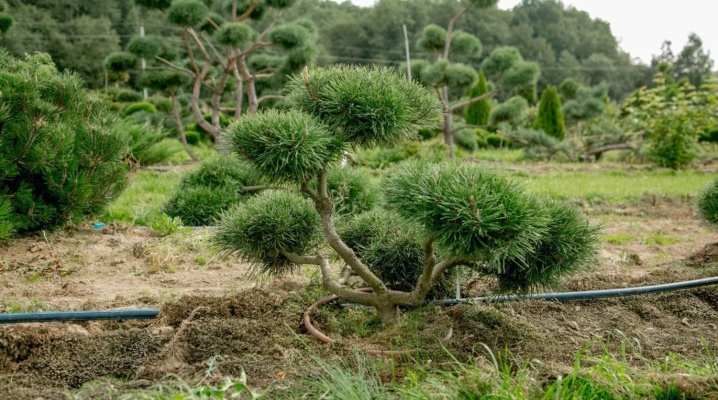
The popularity of the Japanese style in gardening is growing steadily. A characteristic feature of this direction is the use of exclusively natural ingredients - trees, shrubs, as well as sand and stones. Sheared conifers take a special place in the formation of the Japanese landscape. They are grown in a single planting or in small groups, and the crowns are given very original shapes.

Features of formation
It is very difficult to achieve an unusual crown from conifers. The art of its creation was called "nivaki". Anyone who plans to implement the concept of Japanese culture in their garden should know that not every Japanese plant can take root in our climatic zone. Therefore, experts advise looking for inspiration in their native nature. Of course, birch is not entirely appropriate for Japanese gardens, but ordinary pine can do.
In order for the crown of a coniferous plant to obtain the desired shape, its growth should be kept under control.
Three techniques are used for this.
-
Thinning. In this case, branches in the crown are completely or partially cut off, preventing it from taking the desired shape.
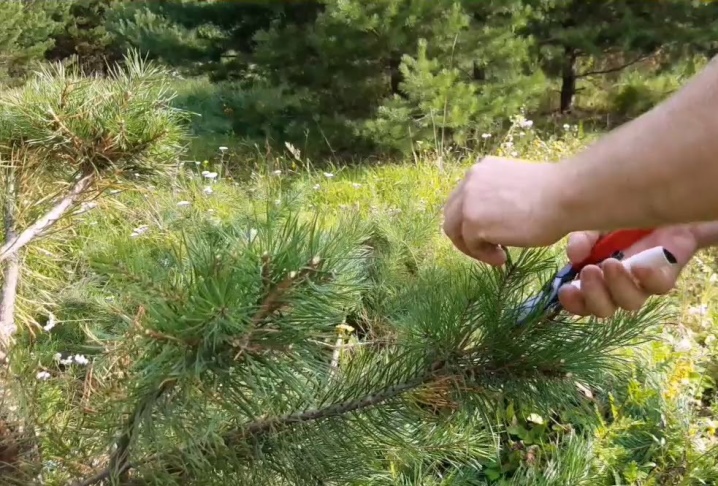
-
Topping. Young shoots of a coniferous tree are usually candle-shaped and several centimeters long, which subsequently open up. If you pinch off to? such a candle, the needles will begin to grow not upward, but sideways, making the evergreen crown even more thickened.
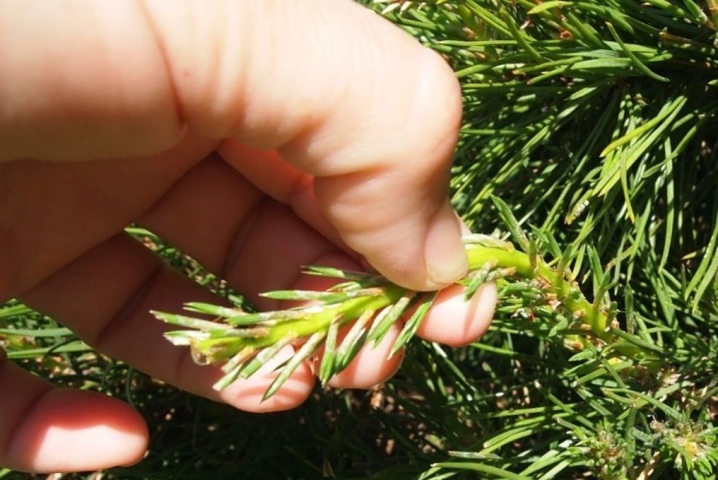
- Stretching. Already a few weeks after the appearance, the branches can take any new shape. To do this, you need to bend them, give the desired shape and fix them. In this way, the needles can be given an atypical look without cutting or damaging the branches.
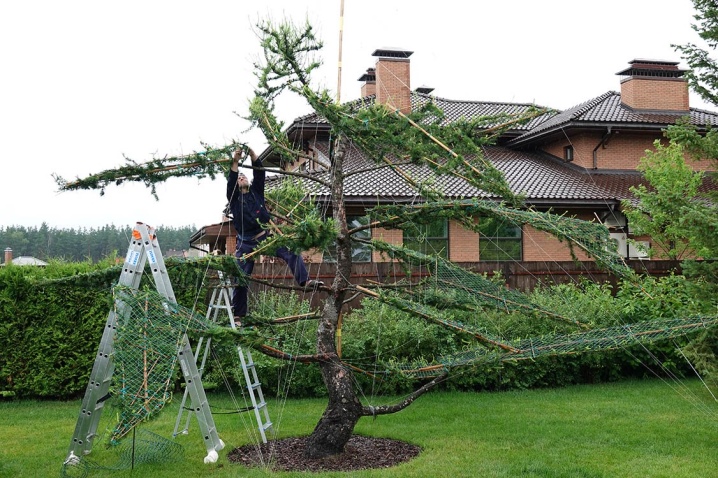
Before forming nivaki from young pine, you should clearly understand how much it will grow in 5-10 years. Pruning, like pinching, never goes unnoticed for a plant - it must redirect all its beneficial substances somewhere. The shortening of the branches leads to the rapid growth of the remaining shoots and the appearance of a large number of young candles. Therefore, the molding procedure becomes more and more complicated and laborious with each new year, and excessive growth inhibition leads to a weakening of the tree's immunity.
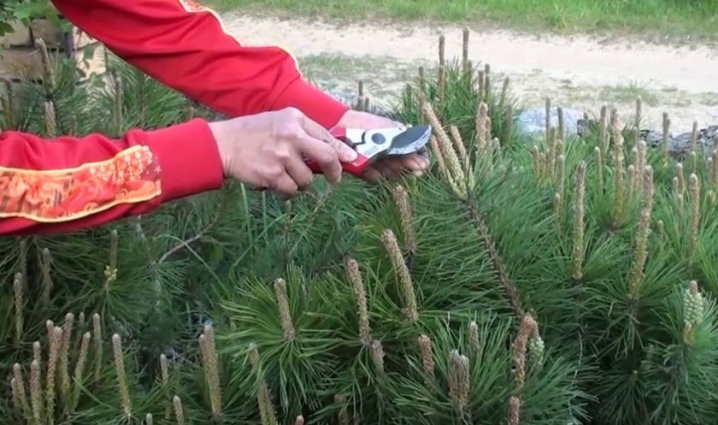
In order to maintain the health of the pine, the cut sites must be disinfected without fail. The principle of processing in this case is the same as for other crops. If you do not have a specialized solution, you can simply moisten the cutting tool with regular alcohol. And here branches should be treated with "Zircon", "Epin" or another growth stimulant. In spring and autumn, branches should be sprayed with fungicidal solutions that prevent the development of fungal infections.

Step-by-step instruction
You can start creating nivaki 6-7 years after planting a pine tree. At first, the tree has not so many branches, therefore, pinching and pruning at this stage is not involved. The main task at this stage is to fix the branches in order to obtain the desired shape.
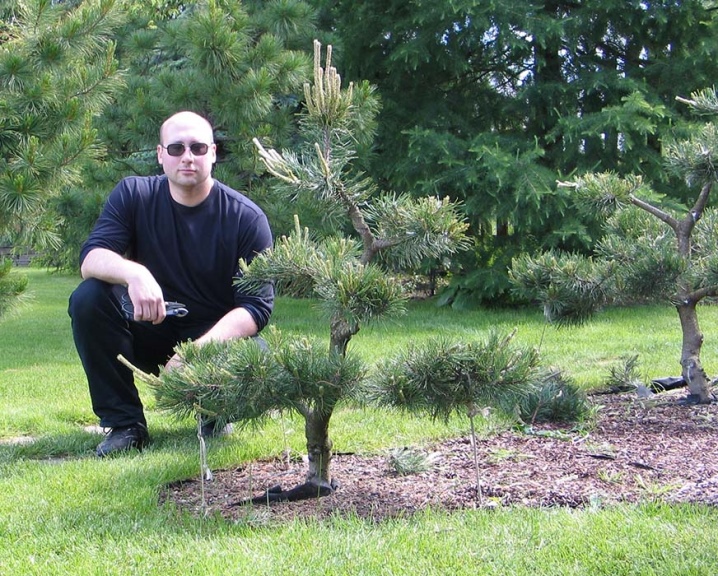
As the plant grows, other techniques are connected. When forming a classic nivaki, certain actions should be taken.
-
Leave the required number of branches on each tier. The Japanese claim that their number must necessarily be odd - preferably 3 or 5.
-
Thin the growth near the base of the trunk around the entire perimeter. Only the outer shoots should be left, the central candle is cut off, and the rest is slightly pinched.
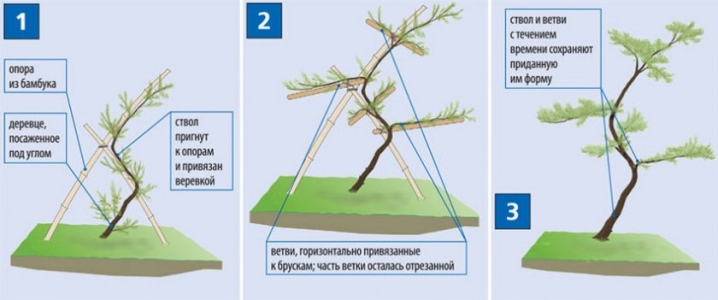
As a result of all the manipulations, the branch should resemble a triangle in shape, fixed in one horizontal plane.
Tip: for beginners in arranging Japanese gardens with their own hands, it is advisable to first get acquainted with the master classes of experienced gardeners. They tell in detail about the popular nivaki schemes and the intricacies of their design.
As the plant grows, the formation of the nivaka continues. At the next stage, only the strongest, well-lit shoots are left on the adult tree. They are fixed and bent so that they correspond to the ideas about the result of all actions.

As the plant grows, the number of branches will increase. - they need to be cut, and every year this needs to be done more and more often. However, in this case, it is very important to properly combine the pine with the rest of the trees growing nearby. They can take away nutrients and sun rays from her. Even with the smallest imbalance, the shape of the crown changes, and then it will have to be trimmed with a pruner.

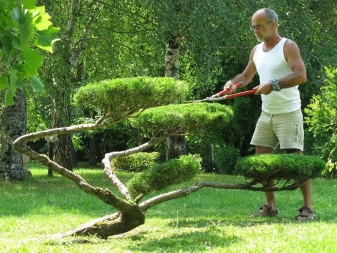
A mountain pine tree presents many surprises for lovers of nivaki. The fact is that on the plain, it begins to grow too quickly - so much so that the owners of the plots often want to cut off almost all the branches at once. This cannot be done. In this case, the metabolic processes of the tree are disrupted, and the plant quickly dies.
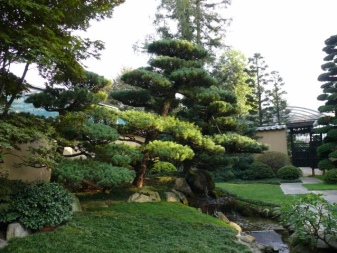
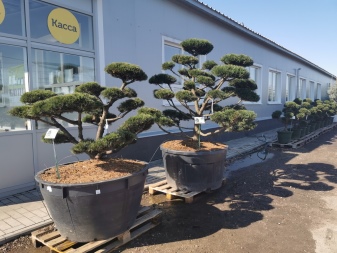
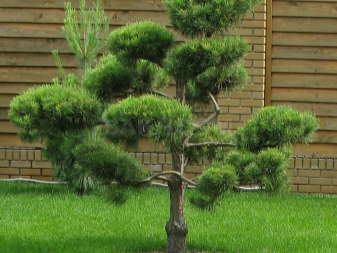
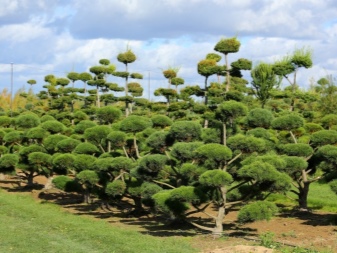
If you need to cut a lot of branches, it is better to extend this process over several years. If you overdid it, then soon young growth will appear on the trunk. You do not need to cut them, leave the tree alone for several seasons, it should recover on its own.
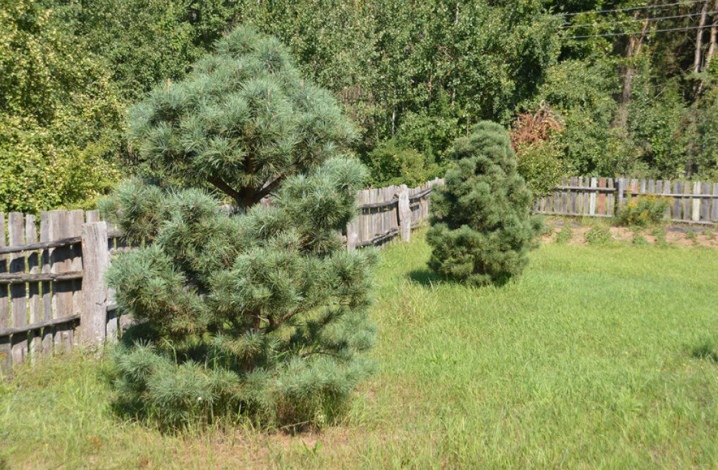
Keep in mind: soon there will be so many needles that you will have to comb it out.
With the onset of cold weather, some of the needles die off. If they are not removed, they will become a source of problems for the entire plant. The needles are collected on a substrate under the pine tree, after which they are burned.

Examples in landscape design
A very beautiful picture can be obtained by giving a spherical shape to an ordinary pine. Like many other trees, it grows straight up, and its traditional crown is like a cone. For to make the pine spherical, young shoots are greatly shortened - this will allow the tree to grow in breadth.
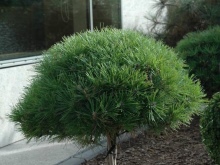
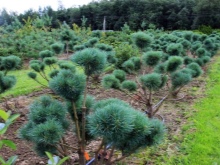
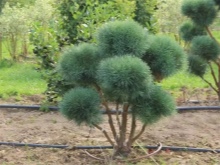
However, if desired, other haircuts can be made to the pine tree to give curved and intricate shapes.
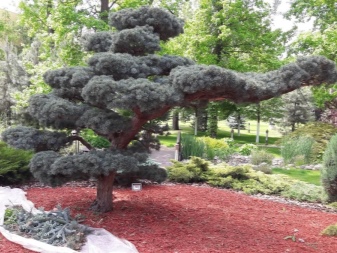
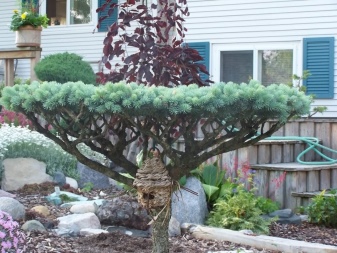

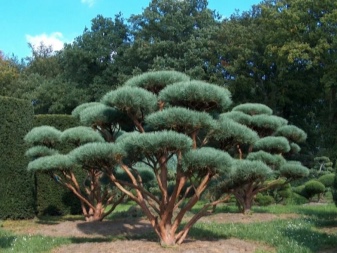
For information on how to make pine nivaki, see the next video.



































































The comment was sent successfully.